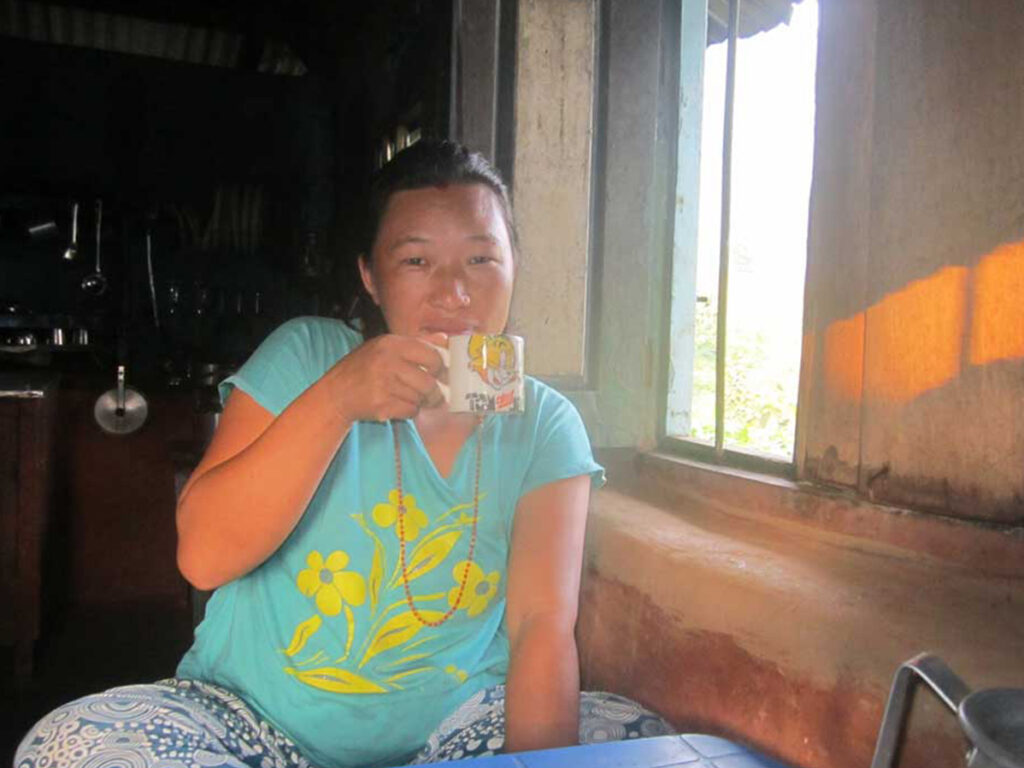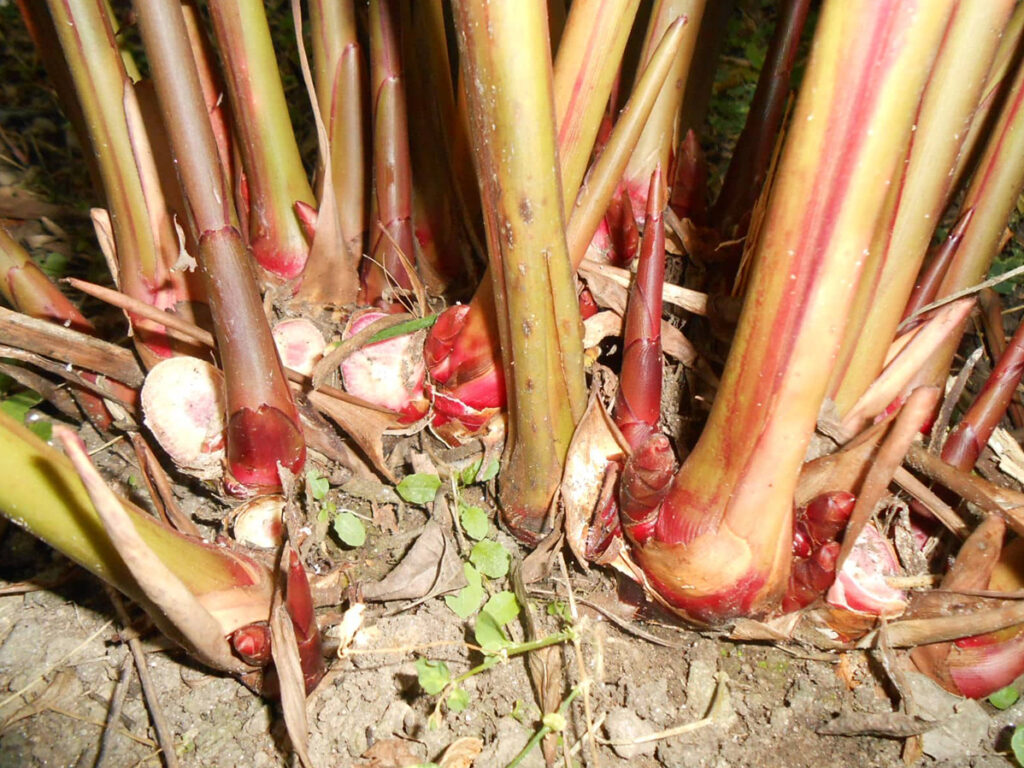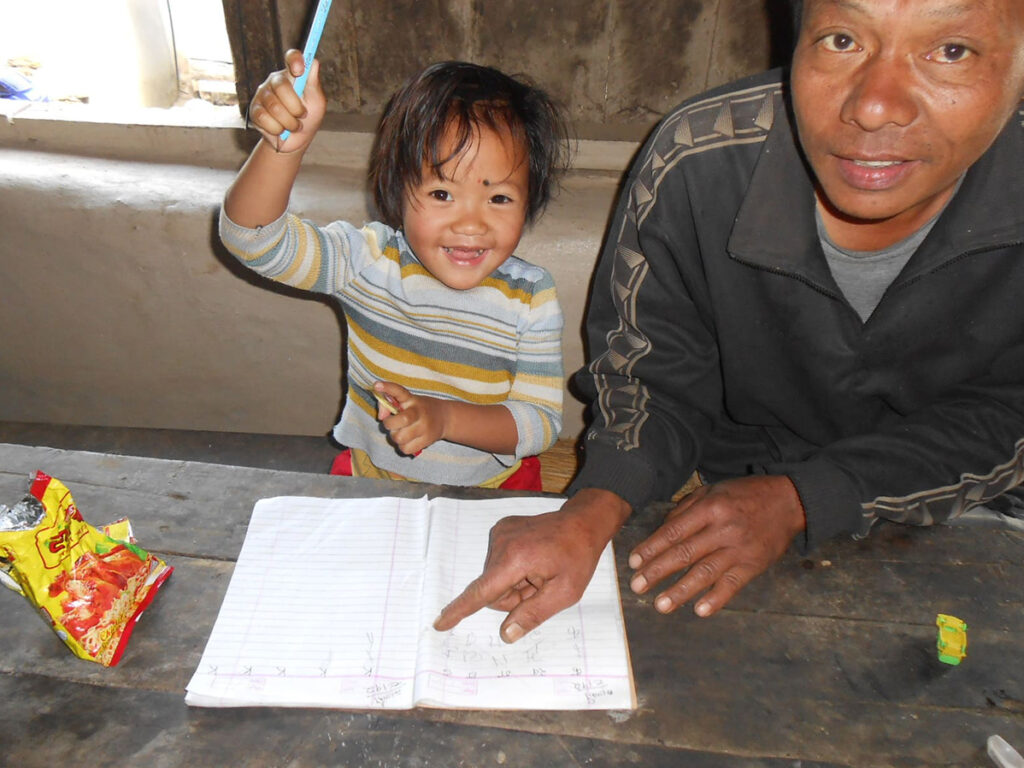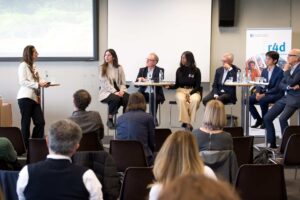
Through Farmers’ Eyes: A Day with Nepali Cardamom Producers
























This photo gallery emerged during the fieldwork in East Nepal conducted for my PhD thesis “Commercialisation and the ‘good life’” between September and December 2018. In the short time span of 15 years, a vast majority of farmers in the study area ventured into cardamom export production. While such agricultural commercialisation is generally seen as beneficial for rural economic development, I was curious to understand whether the farmers’ lives improved according to their own definitions of the “good life”. To complement classical qualitative research methods, my colleague Sanjaya Khatri and I distributed digital cameras to eight research participants and asked them to take pictures of their everyday lives. Based on the printed pictures we had intense discussions on what a “good life” is and how life changed because of cardamom production. All pictures in the gallery were taken by the farmers themselves. They gave consent for publication so that people from other countries may gain a better understanding of their everyday lives. Here we share their unedited originals to provide authentic insights into the farmers’ lives and the fieldwork as we experienced it in East Nepal.
Four pictures in the photo gallery were taken by Bishnu Bahadur Rai from Rambeng who wished to be mentioned with his name and village in case his pictures were selected for publication.
As a next step in my PhD research, I am going to investigate whether there is a causal relationship of cardamom production with inequality and with different measures of poverty. For this purpose, I will be using the panel data collected in the r4d project “Feminisation, Agricultural Transition, and Rural Employment”.
Related Posts
WOMEN EMPOWERED: Vital Work Made Visible
Sources
Contact:
Marie-Luise Matthys
marie-luise.matthys@izfg.unibe.ch
Interdisciplinary Center for Gender Studies, University of Bern, Switzerland
Project website:
https://fateproject.wordpress.com
This Photo Gallery was submitted in the r4d call for photo galleries in June 2019 and selected for publication by an international jury. This contribution emerges from the r4d project “Feminisation, Agricultural Transition and Rural Employment”, financed by the r4d programme (http://www.r4d.ch).





